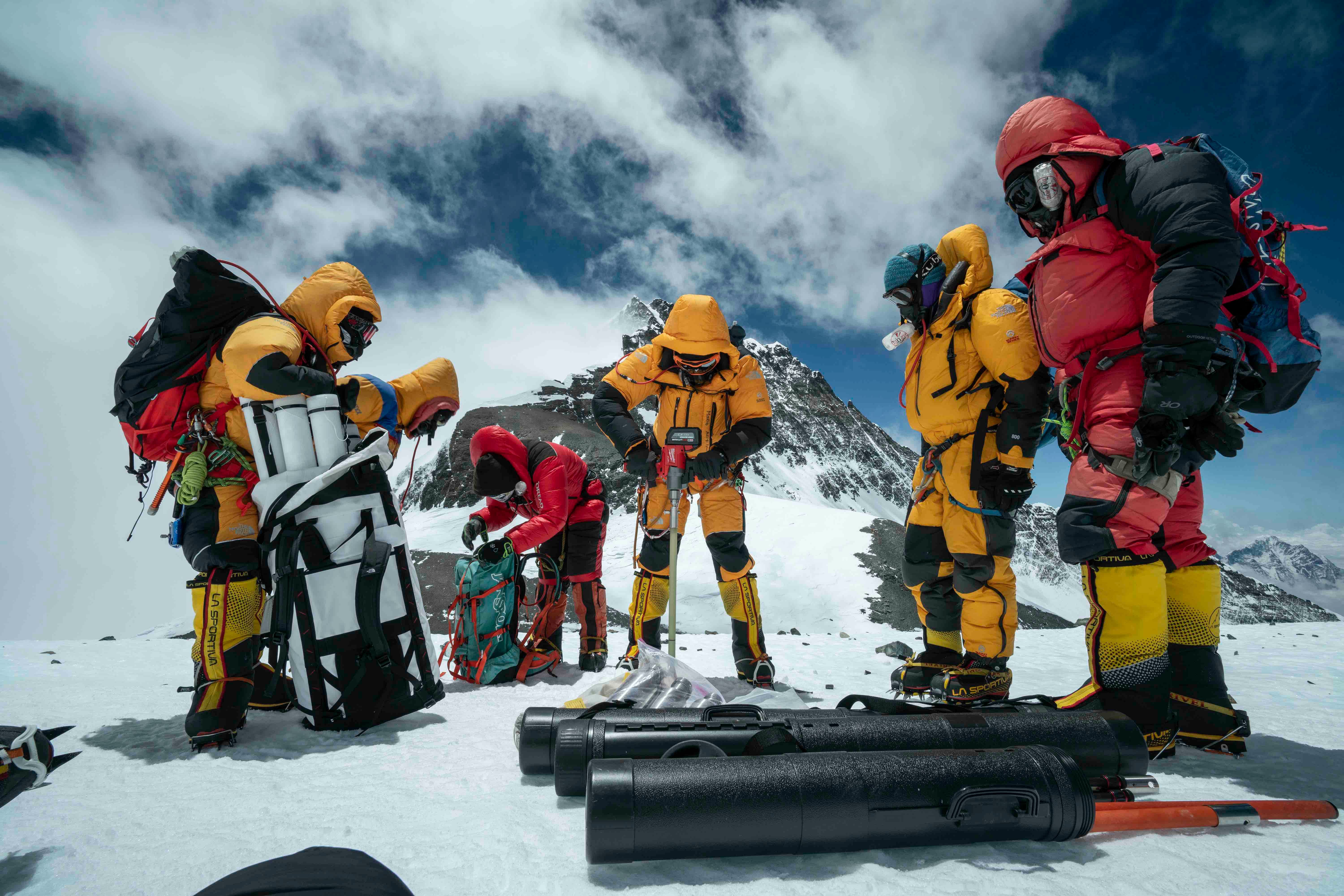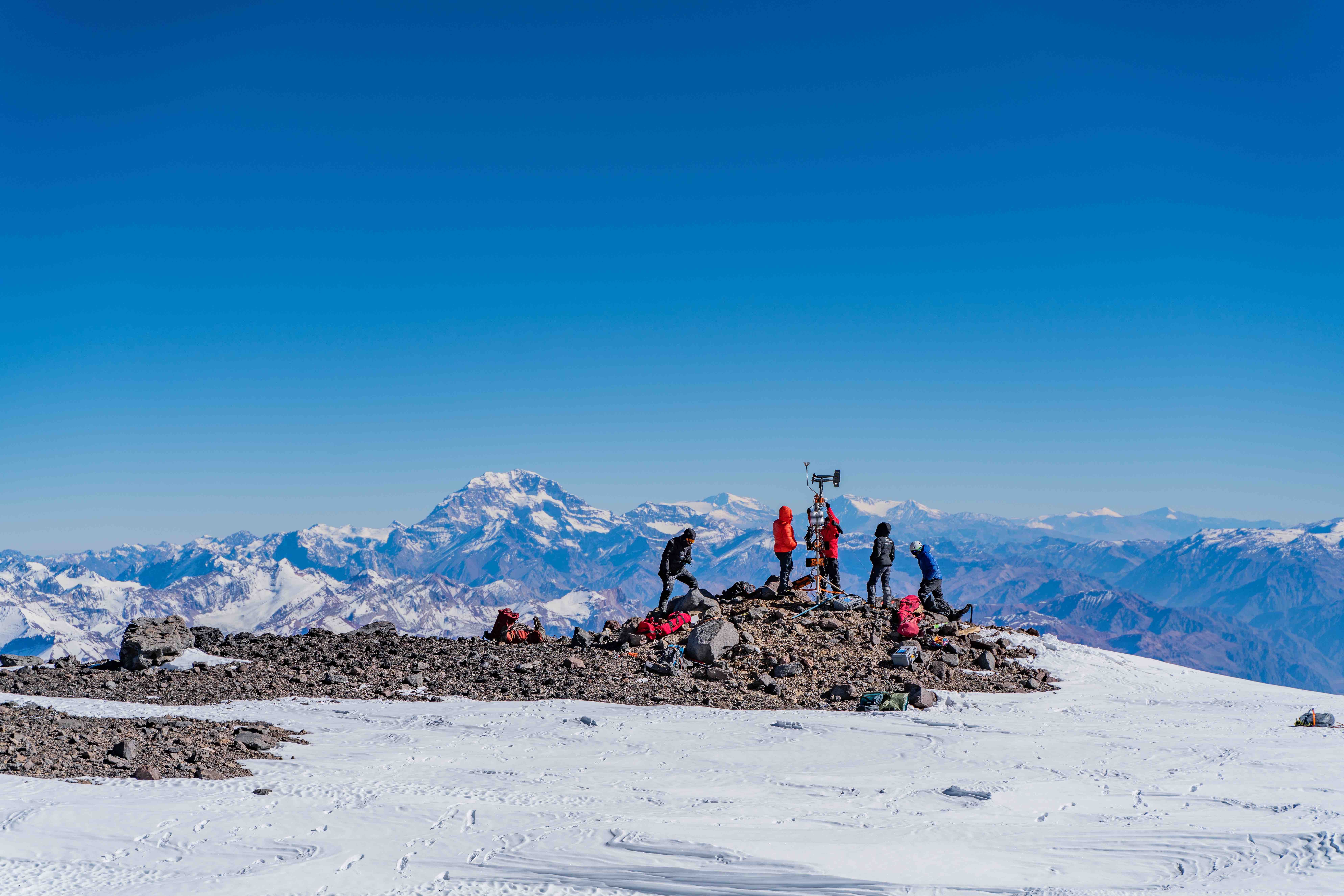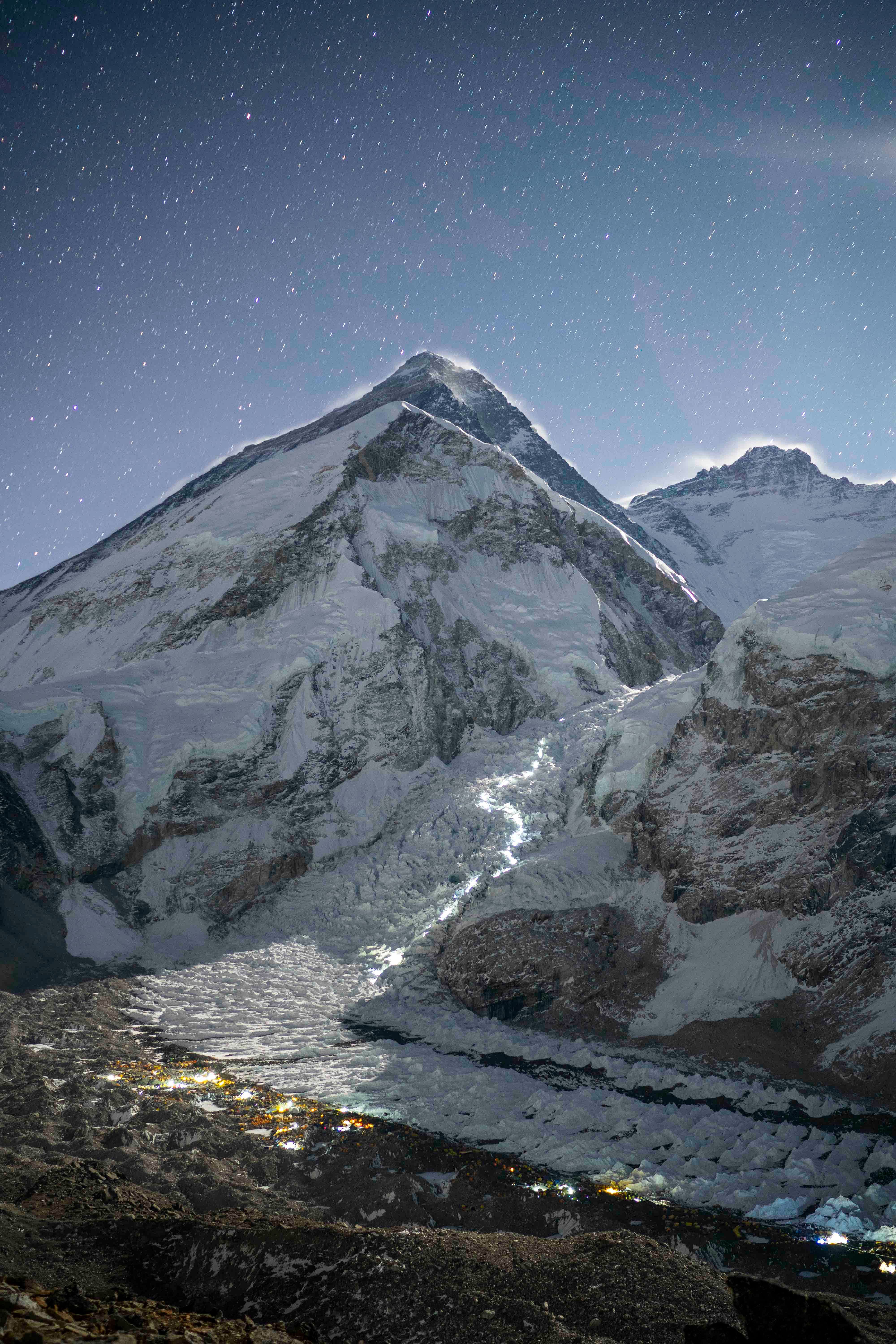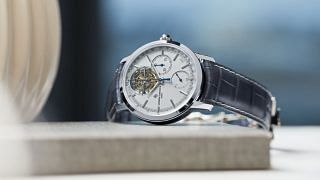I have a weakness for timepieces that come with history. I splurged on an Omega Speedmaster Apollo 11 50th Anniversary after hearing the story of astronaut Buzz Aldrin and his 14-second manual burn. I’ve been keeping my eye on the all-black Cartier Santos de Cartier when a friend and watch enthusiast shared the adventures of Brazilian pilot Alberto-Santos Dumont, for whom the watch was made for and named after, in the sky. The Audemars Piguet Royal Oak is one of my holy grails, not so much for its current status among watch collectors but more of how designer Gerald Genta drew the watch in one creatively boisterous night.
So, it’s no surprise that among Rolex’s stable of timepieces, the one watch I have a soft spot for is the Rolex Explorer and its role in Sir Edmund Hillary and Tenzing Norgay’s 1953 ascent of Mount Everest. The former wore a Rolex Oyster Perpetual, the ancestor of the Explorer, on the history-making expedition. It now sits in the Beyer Watch and Clock Museum in Zurich.
A year later after the successful summit, Rolex partnered with the National Geographic Society. Since then, the two organisations have been involved in many grand adventures. In 1960, Jacques Piccard and Don Walsh piloted the bathyscaphe Trieste and descended to a record depth of 10,911 metres. The Rolex Oyster Deep Sea Special that they carried along with them to the bottom of the Mariana Trench returned to the surface in perfect working order.
In 2012, 52 years after Piccard and Walsh, filmmaker James Cameron repeated the treacherous adventure while piloting the Deepsea Challenger submersible. He too reached the bottom of the Mariana Trench, albeit in half the time – two hours and 37 minutes – that Piccard and Walsh took. The submersible was carrying an experimental diver’s watch, the Rolex Deepsea Challenge, on a robotic arm. Unsurprisingly, the timepiece emerged from the water unscathed. It also kept perfect time the whole way.
In 2017, Rolex and the National Geographic Society enhanced the decades-long partnership by focusing on exploration linked to the planet’s preservation. The two brands further cemented this commitment by launching the Perpetual Planet initiative in 2019.
(Related: 7 watches inspired by explorers and adventurers)

And what better way to mark this new direction than with a return to Everest. From April to June of the same year, an expedition team led by National Geographic and Tribhuvan University set out to better understand the effects of climate change on the glaciers of the Hindu Kush-Himalaya. It was the largest scientific expedition ever undertaken to the world’s tallest peak.
Earlier this year, another National Geographic team installed a weather station just below the summit of the 6,570-metre Tupungato Volcano in the Southern Andes. This expedition also set a record. The weather station that the scientists and explorers built is the highest in the world. And what did they wear on their wrists? The Oyster Perpetual Explorer II.
These two expeditions have provided critical information to climate scientists. The data they have collected will help the communities relying on these two mountains for water to take action to protect themselves from the devastating effects of climate change.

(Related: A 60-second watch brand guide to Rolex)
“With the installation of the highest weather station in the Americas, scientists will have a window into atmospheric processes in the high Chilean Andes. One of the most vulnerable water towers in the world, these mountains provide critical freshwater to over 6 million inhabitants in nearby Santiago. The expedition is contributing to a Perpetual Planet by pushing the limits of scientific discovery and exploration to the highest reaches of the planet,” said Dr Baker Perry, the co-lead of the Tupungato Volcano expedition.
There’s a lot more that needs to be done to combat climate change and it’s heartening to read the stories of luxury brands like Rolex using their outsized influence to benefit the planet. Rolex isn’t just a part of history, it’s making it.








